If you suffer from heavy periods, abnormal bleeding or have polyps or fibroids, then you may have been told that you need a hysteroscopy. You may be wondering what this means, what will happen and what the recovery period entails. Below we try to answer these questions and put your mind at ease.
What exactly is a hysteroscopy?
This procedure enables the medical practitioner to see inside the womb. The hysteroscope is a thin tube that has a tiny pinhead camera and light at one end. This is inserted into the vagina and is passed through the cervix, the neck of the womb, and into the womb. The camera relays images onto a monitor.
Why do you need a hysteroscopy?
As already briefly mentioned there are many reasons why you may need this procedure. If you have any symptoms such as abnormal or heavy bleeding, painful periods, postmenopausal bleeding or pelvic pain, then it may be suggested that you have a hysteroscopy for investigative purposes.
A hysteroscopy is also used for diagnosing certain conditions such as non-cancerous growths like fibroids in the lining of the womb.
The procedure can also be used to remove polyps and fibroids, an IUD and scar tissue that may be affecting your fertility.
What will happen?
You will either have the appointment as an outpatient or as a day case on the ward, so you won’t have to spend the night in hospital. Anaesthetic is not always needed although it may be necessary to numb the cervix. If you are having treatment during the procedure, for example, to remove a polyp, then you may need to have a general anaesthetic. An investigative hysteroscopy only takes around 10 minutes. If having treatment, the procedure may last up to 30 minutes.
Recovering post hysteroscopy
In most cases, following a hysteroscopy and treatment, you can continue as normal the day after the procedure. If you have had an investigative hysteroscopy, you may feel able to resume normal activities the same day. You can also eat and drink when you feel up to it. Spotting and slight cramps are both normal following a hysteroscopy.
If you are wanting help and advice regarding gynaecological health, Miss Tania Adib who is a female gynaecologist in London can help you. To learn more about the services and treatments that are offered and to arrange a consultation, please do get in touch with us today.

